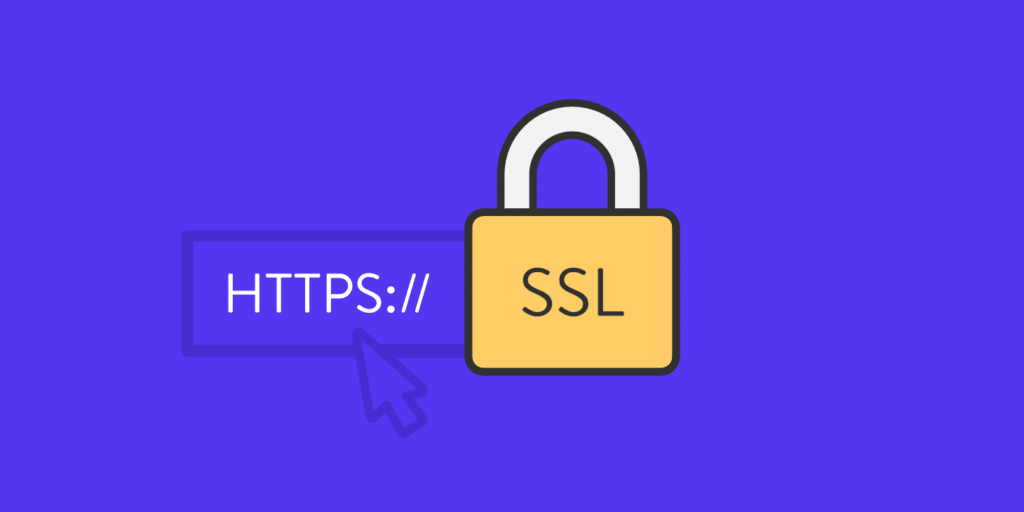Cyberattacks are not a new thing, and there has been constant effort to prevent such attacks by several organizations. However, hackers always find new ways to deceive cybersecurity systems and extort victims through several different social engineering malpractices.
For example, due to the pandemic and panic of COVID19, more than 300,000 domains were registered on the web between March 9, 2024, and April 6, 2024. So, there is no denying that you need a reliable cybersecurity system to counter such attacks. One way to secure your website from malicious attacks by hackers is to leverage the HTTPS protocol.
It is a security protocol to ensure that there are no man-in-the-middle(MiTM) attacks. You need to install an SSL certificate for the implementation of the HTTPS protocol. Secure Socket Layer or SSL encrypts the data between the browser and user’s device to ensure that the information stays hidden. However, when you have several subdomains, you need far more robust cybersecurity measures.
This is where wildcard SSL certificates come into play. It allows you to protect multiple first-level subdomains under the chosen main domain simultaneously for your website without the need for separate SSL certificates for each of them.
Here, we will discuss more wildcard SSL certificates and how to use them for your website?
Decoding a Wildcard SSL Certificate

A wildcard certificate can secure a domain and all the first-level subdomains without the need for separate SSL certificates for each one of them. For example, a standard SSL certificate can secure the main domain like www.example.com, while for a sub-domain like mail.example.com, you will have to install a different SSL certificate.
At the same time, a wildcard SSL certificate can secure the main domain www.example.com and all its subdomains like mail.example.com, info.example.com, or others. A single wildcard certificate may cost you more than a standard SSL certificate, but if you have several subdomains, it helps save expenses on purchasing individual certificates.
Now that we know what a wildcard SSL certificate is, let’s discuss how to use it for your website.
How to use a Wildcard SSL certificate?

Suppose you have several subdomains and need a wildcard certificate; the first thing to look for is an SSL certification vendor. For example, you can choose ClickSSL to purchase a wildcard SSL certificate. When you need to install an SSL certificate, the first step will be to complete a CSR or certificate signing request.
The CSR will provide information to the vendor like ClickSSL regarding the domains you need to secure. This information is based on the CSR that you will fill for a wildcard SSL certificate. Here, you will need to add an asterisk(*) sign before the main domain to secure first-level subdomains.
For example, if your primary domain is www.example.com, you need the certificate issued on *example.com. So, all the first-level domains like help.example.com will be secured. The other process of installation remains the same as any other SSL certificate. The best part about a wildcard SSL certificate is that you don’t need to reissue it for adding any number of subdomains in the future.
This installation process works well for domains and subdomains on one server, but what if you have multiple subdomains hosted across different servers? First, let’s discuss the installation process for a wildcard SSL certificate on multiple servers.
How to Use a Wildcard SSL Certificate on Multiple Servers?

Businesses leverage different third-party services and integrations for enhanced functionality. For example, an organization will have a Content Management System(CMS) to manage content, CRM or Customer Relationship Management service for customer relations, and others.
Here for each such service, an organization will have multiple subdomains hosted on different servers. At the same time, your main domain may be hosted on another platform as per business needs. Now using a single wildcard certificate across servers needs a private key provided by the main server.
So, installing a wildcard SSL certificate for the primary domain server will provide a private key. Now with each installation of the certificate on an additional server, you will need to add your private key.
While an SSL certificate is essential for the better security of your website, here are use cases for wildcard SSL certificates,
- When you have multiple subdomains for your main domain.
- Subdomains are in a low-risk environment where private key sharing is secure.
- You don’t need an extended validation level for your subdomains which demands higher scrutiny of authentications.
- You are opting for a multi-domain strategy for SEO purposes where every domain is leveraged for keyword-based rankings.
Conclusion
SSL certificate is not only essential for security purposes but also on the SEO front. As Google puts HTTPS at the core of page experience update, you need it installed for better rankings on SERP(Search Engine Ranking Pages). However, installing individual certificates for your multi-domain strategy can prove costly; a wildcard SSL certificate is the best option for you that is low cost and efficient at the security of several subdomains.







